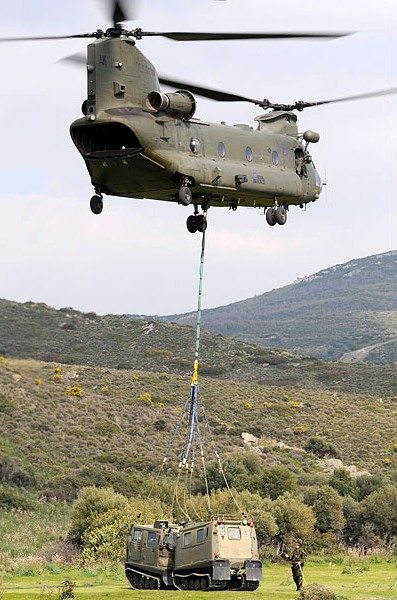UK Forces were not deployed in 2006 in enough numbers or with the right equipment, senior retired officers tell MPs.
Report: Operations in Afghanitstan
Inquiry: Operations in Afghanistan
Defence Committee
It is unacceptable that UK Forces were deployed in Helmand for three years from 2006 without the necessary personnel, equipment or intelligence to succeed in their mission, says the Defence Committee in its report on Operations in Afghanistan. The Committee cite mistakes were made as a result of a failure in military and political coordination.
This is the first report into Afghanistan operations for the Defence Committee of this Parliament. It looks at operations since 2006 and makes further recommendations for the anticipated draw-down of forces.
The Report says that, given the demanding nature of the situation in Iraq, the decision to move UK Armed Forces into the South of Afghanistan in early 2006 was not fully thought through. The Committee is concerned that the MoD did not anticipate that the presence of the Armed Forces in Helmand might stir up a hornets’ nest, especially as much of the intelligence was contradictory. Senior military advisers should have drawn attention to the need for force levels to be sufficiently robust to cope with an unpredictable conflict. Any concerns as were raised by them were inadequate at best, and were not brought to the attention of the very highest levels of Government.
The Committee is disturbed by the fact that in 2006 the Secretary of State was being told that commanders on the ground were content with the support they were being given in Helmand when clearly they were not. The Report regards it as unacceptable that hard pressed Forces in such a difficult operation as Helmand should have been denied the necessary support to carry out the mission from the outset, and that this shortage had not been brought to the attention of Ministers. After only a matter of months in Helmand, the nature of the UK Mission changed —UK Forces deployed to Sangin, Musa Qala and Now Zad in late May 2006—with serious strategic implications. The Committee considers it unlikely that this fundamental change was put to Ministers. The Committee believes that, as the change put the lives of Armed Forces personnel at much greater risk, it should have gone to Cabinet for endorsement.
The Taliban continues to change its tactics and methods and the use of IEDs has changed and developed since 2007. However, the MoD did not respond quickly enough to these challenges as they developed. It took some time to get a suitably capable vehicle fleet into theatre. The MoD should prioritise the protection of personnel when considering the funding of such needs that emerge in the future. The MoD has been asked to explain how current equipment levels are providing the Armed Forces with the necessary protected vehicles, body armour and counter-IED support. The Committee is still not convinced that UK Forces yet have access to sufficient helicopter hours.
Chairman of the Defence Committee, Rt Hon James Arbuthnot, said:
“Our Forces have achieved the best tactical outcomes possible in very difficult circumstances due to the high quality and training of our personnel. But the force levels deployed throughout 2006, 2007 and 2008 were never going to achieve what was being demanded of the Armed Forces by the UK, NATO and the Afghan Government.”
The Government’s room for manoeuvre regarding the number of troops that could be withdrawn from Afghanistan as part of an immediate transition is necessarily limited. The withdrawal of a few hundred troops in support roles is feasible but a more significant drawdown would have to involve a complete battle group. Just weakening the head count in a battle group to withdraw numbers would be a dangerous move. A troop withdrawal that involved numbers in the low thousands, therefore, would depend on a geographical reorganisation of the battle groups and the withdrawal from combat duties of at least one of them.
Chairman of the Defence Committee said,
“We believe that the NATO ‘conditions-based approach’ to withdrawal is a suitable one. Withdrawal must have due regard to the circumstances at the time. There are still many challenges facing the ANSF and Afghan Government before proper transition can take place. The Government’s clear determination to withdraw combat forces should not undermine the military strategy by causing the Afghan population to fear that the international coalition might abandon them or by allowing the Taliban and others to think that all they have to do is bide their time until ISAF Forces withdraw.”
The Committee recognises that much progress has been made towards the development of governance but has yet to be convinced that the arrangements are sufficiently robust, transparent or accountable in terms of their capacity to take on the full range of responsibilities that will fall to them after 2014. The Committee feels that more emphasis needs to be placed on capacity building within the political system if long-term success is to be achieved.
[Download not found]









